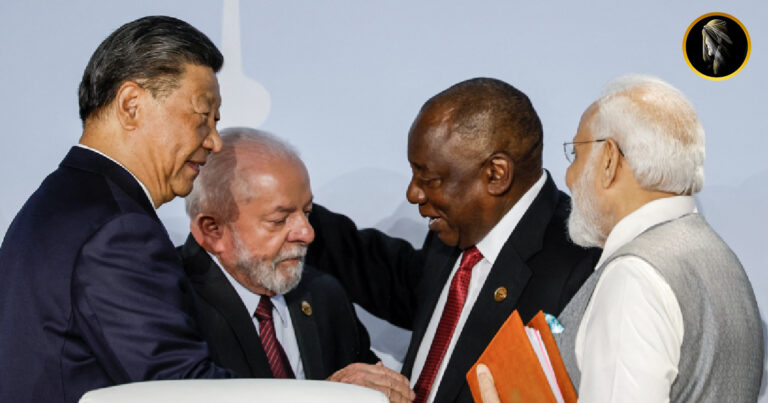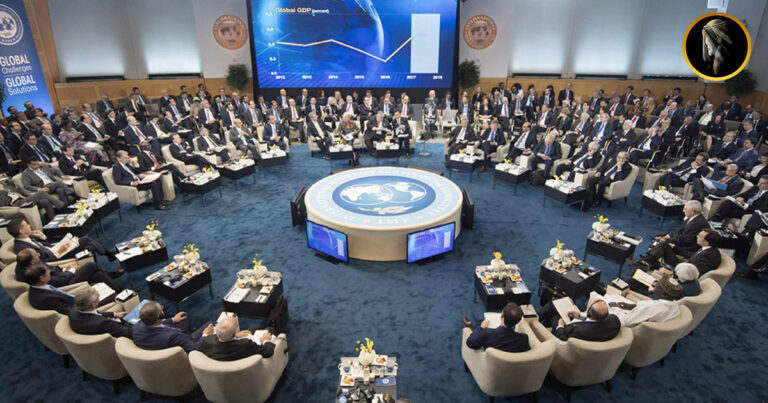In July, Saudi Arabia’s trade remained strong despite global economic challenges. The country’s total exports were about SR91.3 billion ($24.34 billion), which was only 0.4 percent less than June, according to official data.
However, compared to July 2022, Saudi Arabia’s exports dropped significantly by 34.9 percent. This decline was mainly due to a decrease in oil exports. Saudi Arabia, along with other oil-producing countries in OPEC+, decided to reduce oil production to stabilize the market. In July, the Kingdom’s oil exports fell by 37.9 percent to SR70 billion.
As a result, the share of oil in total exports decreased from 80.6 percent in July 2022 to 76.8 percent in July 2023. Saudi Arabia had committed to reducing its oil output by 500,000 barrels per day, and later it implemented an additional cut of 1 million barrels per day, which was extended until December 2023.
Non-oil exports, including re-exports, also saw a decrease of 22.1 percent compared to July of the previous year, but they increased by 7 percent compared to the previous month. Among these non-oil exports, chemical and allied industry products made up a significant portion, accounting for 29.9 percent.
China became Saudi Arabia’s top trading partner in July, with exports to China totaling SR15.7 billion, which was 17.2 percent of total exports. Japan and South Korea followed closely, with exports of SR10.1 billion and SR9.6 billion, respectively.
On the import side, China was also the leading source of goods, with imports worth SR13.9 billion in July. The United States and the UAE were the next largest sources of imports, with values of SR6 billion and SR4.3 billion, respectively.
Jeddah Islamic Port was the primary entry point for goods into the country in July, accounting for 29.8 percent of overall imports, valued at SR20.6 billion.







